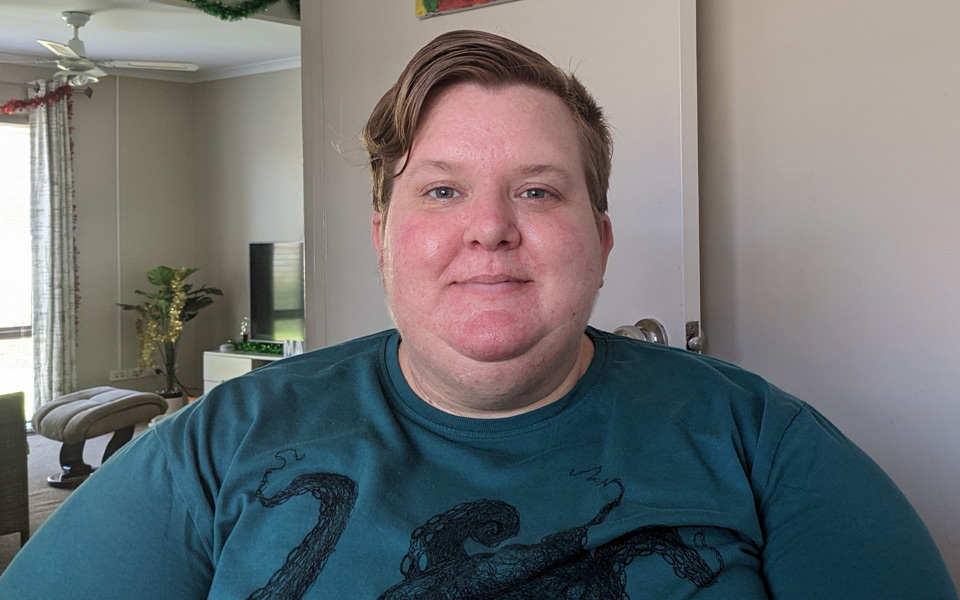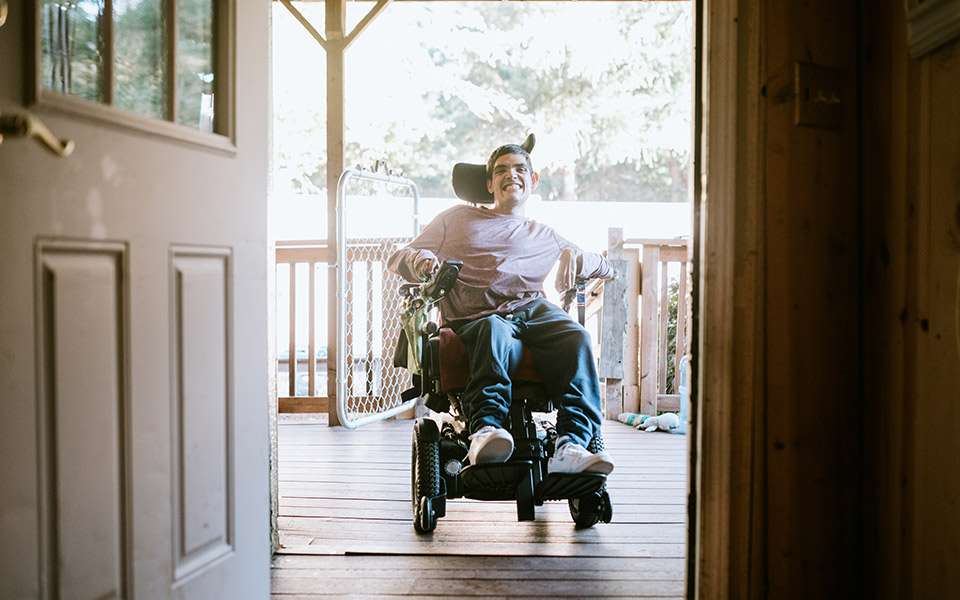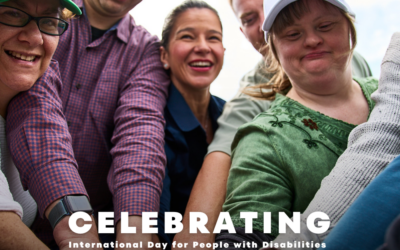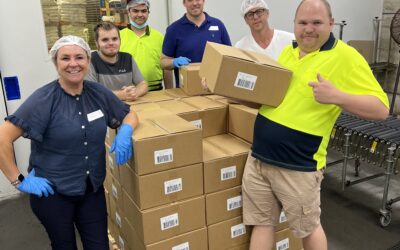One of the most significant steps any person takes on the road to independence is moving out of home. It builds character, confidence and resilience, not to mention all the life skills that come with being in the driver’s seat to managing your life. This liberating experience is no different for people with disability. Supported Independent Living (SIL) homes are the perfect solution for those ready to find a home but would like the reassurance that support is on standby when needed.
The makers of happy homes
Rach Sinclair, the Service Coordinator of Willowood House in the ACT, describes Sunnyfield Disability Accommodation as “an environment that feels like home”, where clients can make the space their own and make decisions for themselves, with the support that suits their needs. Every staff member has a different relationship with the residents, and all of those connections are valued.

Rach Sinclair, Sunnyfield Service Coordinator
“We aim to be consistent with the language we use and the support we provide but leave space for the residents to form a working relationship with the staff in their own way. When providing direct support to the residents, I am an active support champion. I mentor my team to provide high levels of engagement and encourage all residents to take part in household tasks.” Rach Sinclair
Develop, define and strengthen
When Rach came to Willowood House in 2017, the two residents were already well established with routines, the ability to live independently and the ability to cooperate. Over the last four years, residents have increased their communication skills and achieved a greater feeling and understanding of shared responsibility in their house.
“Both residents are now much more involved in planning and preparing meals using open communication, and they will also both initiate cleaning up after themselves, where this previously needed prompting and support. During the last 18 months, we have all learned how to use Zoom, Facetime, emails and text to communicate, and so now both residents will ask to use WhatsApp or Zoom to speak with their family and friends more frequently and utilise video calls.”
Daily life in a home for people with disability
So, what does a typical day look like in a SIL home? Rach describes, “The residents are supported to wake up around 7 am and complete their morning routine to prepare for the day. One resident is supported to access the community by another organisation, so we help him prepare for the activity he has planned that day, pack any food or items he may need and ensure he is ready to go out.
The other resident is supported to access the community with Sunnyfield staff, so we will discuss what he would like to do that day and get going with some activities – this usually includes a gym workout or a walk, then some craft or games before lunch.
Both residents enjoy going for a drive in the afternoon – they both enjoy visiting local construction sites to watch the trucks and see the progress of the building – before returning home for some afternoon tea and quiet time before preparing dinner.
During the summer months, with longer days and warmer evenings, often after dinner, the residents will go out to shoot hoops or throw the Frisbee. During the colder months, we’ll stay in and watch movies.”
If you’d like more information on SIL funding or Sunnyfield’s Disability Accommodation Services and living options, T 1300 588 688 or E enquiries@sunnyfield.org.au



